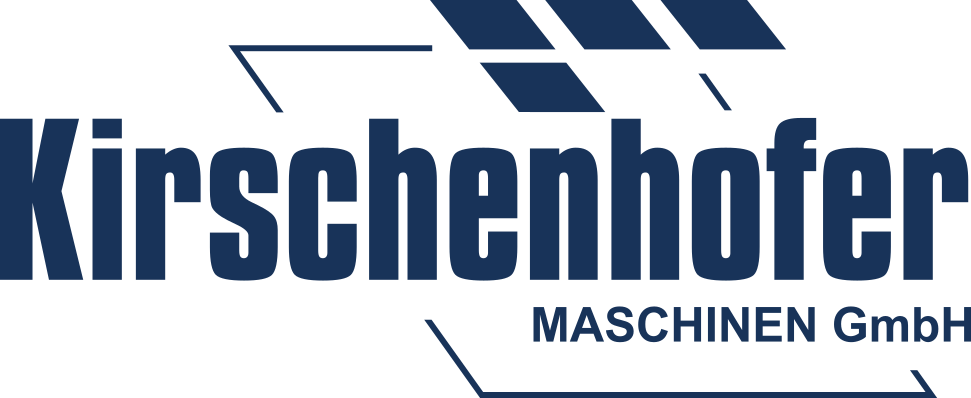We have decided to concentrate on 5 of the 9 main pillars of Industry 4.0:
Autonomous Machines, Simulation, Industrial Internet of Things (IIoT), Cybersecurity and System Integration.
To find out more, simply click on the [+].
Robots have long been used to tackle complex tasks and offer an ever wider range of services.
They become more independent, more flexible and more cooperative. They interact with each other and work process-safe.
Autonomous systems have been a standard product for us for a long time.
Imagine what you could produce and achieve if you could see the physical process in 3D before implementing.
3D simulations allow us to test robot movements virtually before construction is complete.
Information systems are not fully integrated today. Businesses are rarely associated with their suppliers and customers. Design departments are rarely directly involved in production in their own organization. With Industry 4.0, however, the entire organization is connected and the companies are connected.
With the "Industrial Internet of Things", more and more products will be more intelligent and interconnected via standard protocols. This decentralizes analysis and decision making, so that real-time answers are possible.
With the Kirschenhofer Track and Trace software, we have taken the first big step towards realizing the vision of the IIoT.Software
The days of closed, disconnected operations management systems are over. Connectivity and communication protocols become the norm. Protecting information systems and production lines from cyber crime/threats is becoming a critical issue. Sophisticated identity and machine access management systems are used for secure and reliable communication.
That's why we developed the EKS-system for machine access, which is used successfully in more than 40 machines worldwide.
Many companies have already implemented some form of industrial or enterprise cloud solution. These will continue to grow with Industry 4.0, as many of the technologies that underpin Industry 4.0 (such as Digital Twin, IIoT) require data sharing between machines, sites, and systems. Improving cloud technologies will provide more machine and production data in the cloud. This leads to better service delivery and provides visibility and optimization across the entire supply chain.
We realized the vision with the Kirschenhofer Track and Trace software.
Additive manufacturing is much more common with Industry 4.0. Beyond the current use of product prototypes and parts with 3D printers, additive manufacturing can use these features to create small batches of custom products that have construction benefits such as complex and lightweight designs.
Augmented reality can help workers who work with a production facility get the information they need when they need it. That is, when an employee is looking for a piece that needs to be replaced in a machine while wearing an augmented reality goggle, he can get information in his field of view as to what part is needed, where to find it, and how It can be installed, and the potential increase in efficiency is almost endless.
While today's IT systems are far from fully integrated with Industry 4.0, companies, departments, functions, suppliers and customers are becoming much more coherent and connected. Through horizontal and vertical system integration, information and knowledge can be seamlessly routed through the entire supply chain. It also improves collaboration between research and development and production as well as between customers and suppliers.
That's why we've developed protocol drivers (such as Ethernet-IP) for LabView to facilitate integration.
